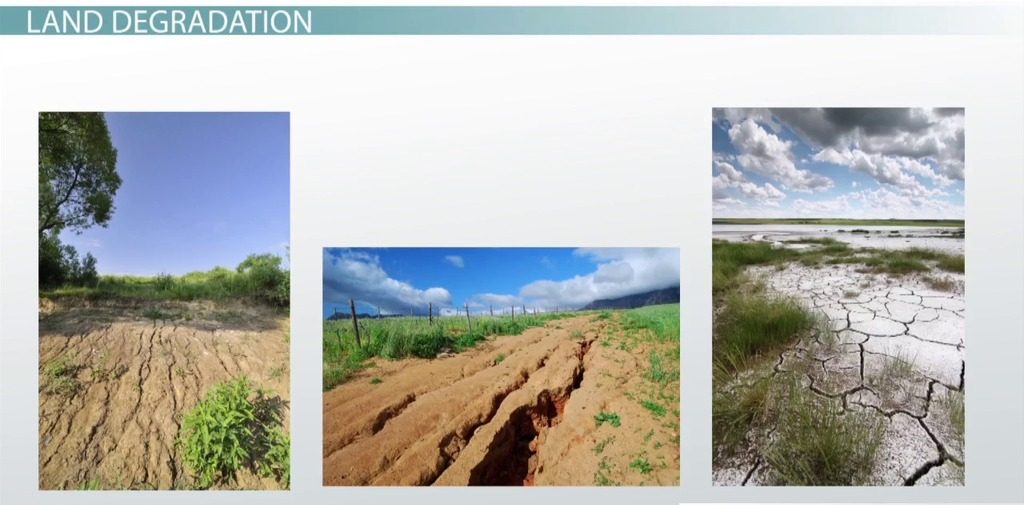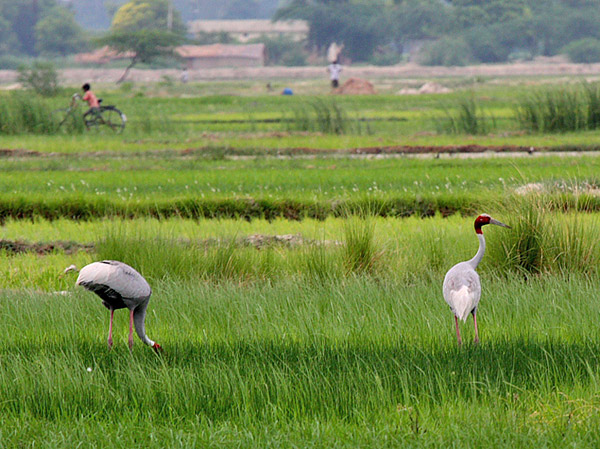Introduction
Farming is an age-old profession that has been the backbone of civilizations for centuries. Whether you’re a seasoned farmer looking to expand your operations or someone with a green thumb eager to embark on a new agricultural adventure, the key to success often lies in securing the necessary funds. Farming, like any other business, requires capital for land acquisition, equipment purchase, seed procurement, and day-to-day operational expenses. Thankfully, there are numerous options available when it comes to farm financing and grants. In this guide, we will delve into these opportunities and provide insights to help you navigate the world of agricultural finance.
The Importance of Farm Financing
Farming is a capital-intensive industry. From acquiring arable land and investing in machinery to covering ongoing expenses such as labor and seed, farmers need access to substantial funds. Here are some key reasons why farm financing is crucial:
Land Acquisition: One of the most significant expenses for any farmer is acquiring suitable land. Financing options can help ease this financial burden and make owning land a reality.
Modernization: Advancements in agricultural technology have led to increased productivity and efficiency. To remain competitive, farmers often need to invest in modern equipment, which can be expensive. Financing can enable farmers to upgrade their machinery and stay ahead in the industry.
Working Capital: Farming is a year-round venture, and there are constant operational costs, such as buying seeds, fertilizers, and paying labor. Having access to working capital ensures that farmers can manage these expenses without disruption.
Diversification: Expanding into new areas of agriculture or diversifying your farm can be a smart strategy for growth. Financing can provide the resources needed to explore new opportunities and markets.
Now that we understand the importance of farm financing, let’s explore the various options available.
Types of Farm Financing
Traditional Loans: Traditional loans from banks and credit unions are a common source of farm financing. These loans typically have competitive interest rates and can be used for various farm-related purposes, including land acquisition, equipment purchase, and working capital. However, they may require collateral and have strict eligibility criteria.
USDA Farm Service Agency (FSA) Loans: The United States Department of Agriculture (USDA) offers several loan programs designed to support farmers. These loans are tailored to the unique needs of farmers and can be used for different purposes, such as purchasing land or livestock.
Farm Credit System: The Farm Credit System is a network of cooperative lending institutions that provide financial services to farmers and ranchers. They offer a wide range of loan products and have a deep understanding of the agricultural industry.
Agricultural Grants: While not a traditional form of financing, agricultural grants can be a valuable source of funding for farmers. These grants are typically provided by government agencies, non-profit organizations, and private foundations. They are often awarded for specific purposes, such as conservation, research, or sustainable farming practices.
Finding and Applying for Grants
Agricultural grants can provide a significant financial boost to farmers, especially when used for specific projects or initiatives. Here’s how you can find and apply for agricultural grants:
Government Agencies: Start by exploring grants offered by government agencies at the federal, state, and local levels. In the United States, the USDA is a primary source of agricultural grants. Check their website and contact your local USDA office to learn about available grants and eligibility criteria.
Non-Profit Organizations: Many non-profit organizations are dedicated to supporting farmers and sustainable agriculture. They often offer grants for various agricultural projects. Research and reach out to these organizations to inquire about grant opportunities.
Private Foundations: Some private foundations focus on agricultural and rural development. Research foundations that align with your farm’s goals and objectives and inquire about their grant programs.
Online Resources: Several online platforms and databases compile information about grants available to farmers. Websites like Grants.gov and GrantWatch can help you search for relevant grants and provide guidance on the application process.
Tips for Successful Grant Applications
Applying for agricultural grants can be competitive, so it’s essential to put your best foot forward. Here are some tips for successful grant applications:
Read the Guidelines: Carefully read the guidelines and requirements for each grant opportunity. Make sure your project aligns with the grant’s objectives and eligibility criteria.
Prepare a Strong Proposal: Write a clear and compelling grant proposal that outlines your project’s goals, methods, and expected outcomes. Highlight how the grant will benefit your farm and the broader community.
Budget Wisely: Create a detailed budget that clearly outlines how you intend to use the grant funds. Ensure that your budget is realistic and aligned with the grant’s guidelines.
Seek Professional Help: If you’re new to grant writing, consider seeking assistance from professionals or organizations experienced in grant applications. They can provide valuable insights and improve your chances of success.
Conclusion
Farm financing and grants are valuable resources for farmers looking to start, expand, or improve their agricultural operations. Whether you opt for traditional loans, government-backed programs, or seek out grants, careful planning and research are key to securing the funding you need. By understanding the various options available and following best practices for grant applications, you can embark on your farming journey with confidence, knowing that financial support is within reach.
In the ever-evolving world of agriculture, securing the right financing can be the difference between thriving and merely surviving. So, take the time to explore your options, make informed decisions, and turn your agricultural dreams into a flourishing reality.






